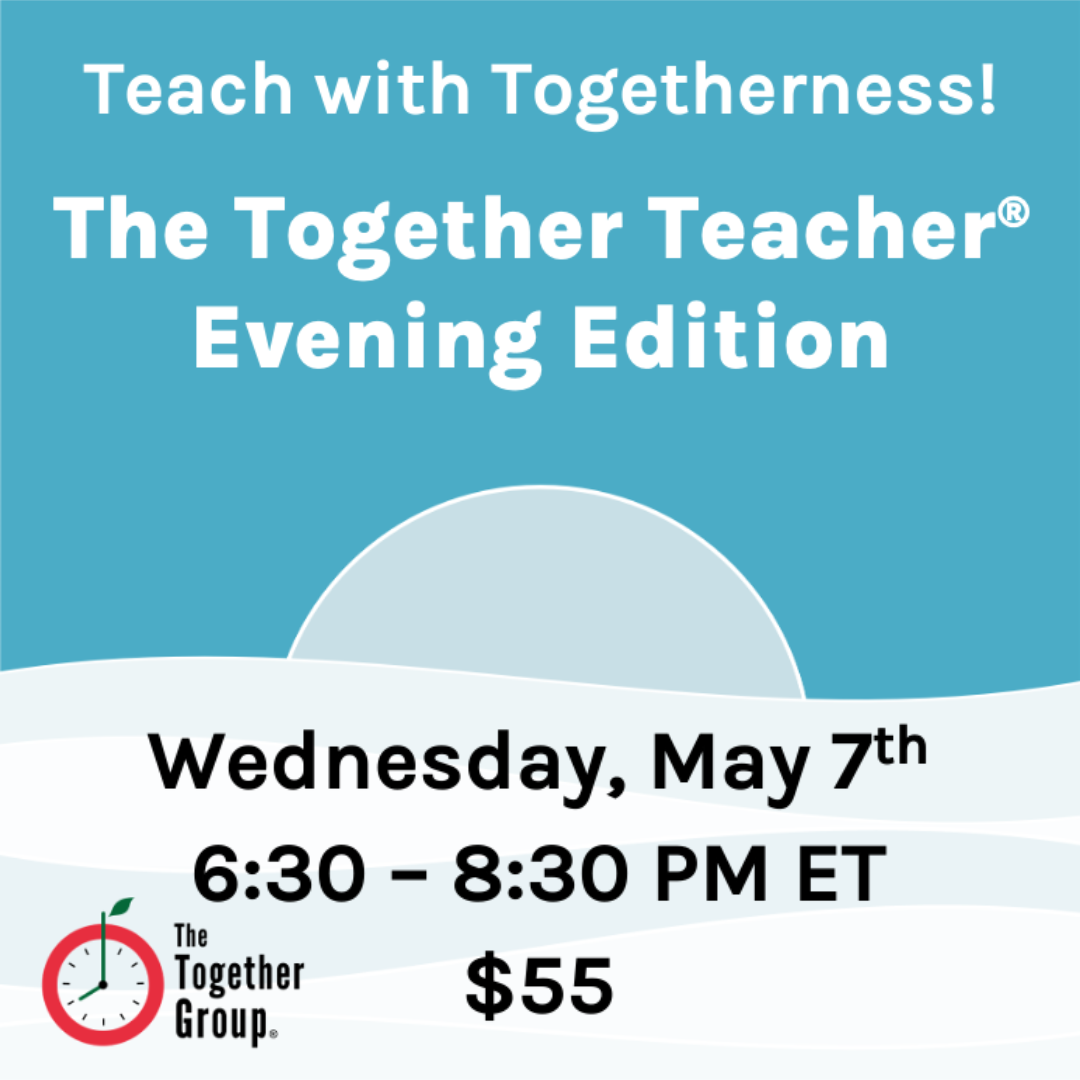This title has been sitting on my shelves for a bit, and when I found myself recently scrolling through a gazillion photos to find a recipe I had screenshotted from Instagram, I figured it was time to give this book a read. Building a Second Brain subscribes to many of our favorite Together-isms, mainly write things down, keep things in a centralized location, and refer to them as needed. But the author really expanded on the idea of using Thought Catchers as a process to unleash one’s creativity and expression-ism. Sign me up, and tell me more!

Here are my main takeaways from this great read (as a sidenote, I realize most popular “productivity” books are written by men, and I find this fascinating. Meanwhile women are writing books with titles that contain words like balance, juggle, overwhelm, stress. Can a social scientist out there dig into this for me? I’m intrigued). Anyway, the gist of Second Brain is basically —
- Select a multimedia notetaking tool, preferably in your existing digital universe. People seem to like Evernote, Notion, OneNote, and a few other great resources.
- Store ALL of the information gathered (hellloooo screenshots!) and treat this as your private knowledge collection. People use their Second Brains to remember, create, and express ideas – not to simply take notes.
- Write executive summaries on top of your notes so they are discoverable when you are looking for themes and patterns.
- Free up your brain to have ideas, not just store them.
The author does a more detailed summary with some stellar infographics if you want to learn more.
My personal take is that I liked this approach quite a bit. When I think of other systems I have in play to support knowledge management, action, and codification, none of them are really a system for ideas and returning to them.
Currently my digital brain (or personal knowledge management system, as the kids say) includes mostly reference documents:
- Evernote with meeting notes and key ideas and list templates. I also store some key household documents in soft copy here.
- 1Password with company and personal passwords
- Asana for our team shared ideas and articles to share
- iPhone albums for particular things I want to refer to later (recipes, books, podcasts)
- A Death Binder / Fireproof box (this is hard copies) I’ve been assembling with key items Dr. Together and I both need at our fingertips, such as car titles, passports, etc.
My takeaway from this book is that I could use a streamlined place for my more creative meanderings and wonderings, what they bring up for me, and how to use them to drive my creative and content work. Additionally, during our team’s Trimester Tidy Time last week, I unearthed a box of teaching notes from the past seven years. I had to make the decision whether to recycle them all (so much good stuff in there, but I had pulled most of it already), store them as a memory box, or scan them. Each of them actually did have handwritten summaries at the top, but I had already mined for patterns and moved the notes into actions. So, into the hard copy memory box they went. Hmmmm. . . this process is good food for thought!

Now back to the screenshots on my phone. If I used this method, I think it would mean taking a moment to jot why I was intrigued by the recipe and then tagging it or somehow making it discoverable (I actually make a lot of iPhone albums for this reason), so when I have a jolt of cooking inspiration – or lack thereof—I won’t be wracking my brain for a recipe or searching through screen shots.
Has anyone else read this book? Built a full-on Second Brain? Sound off in the comments!



